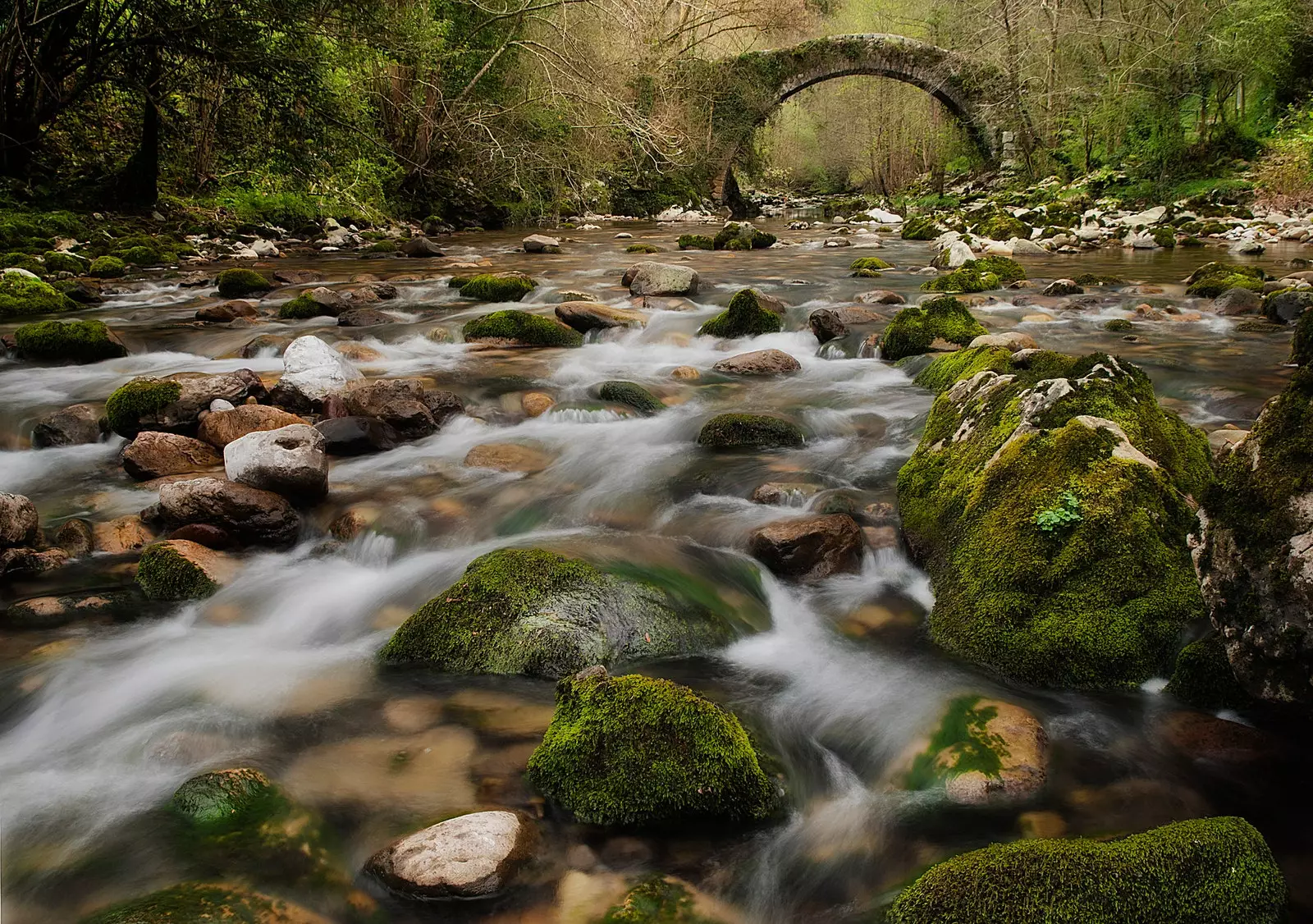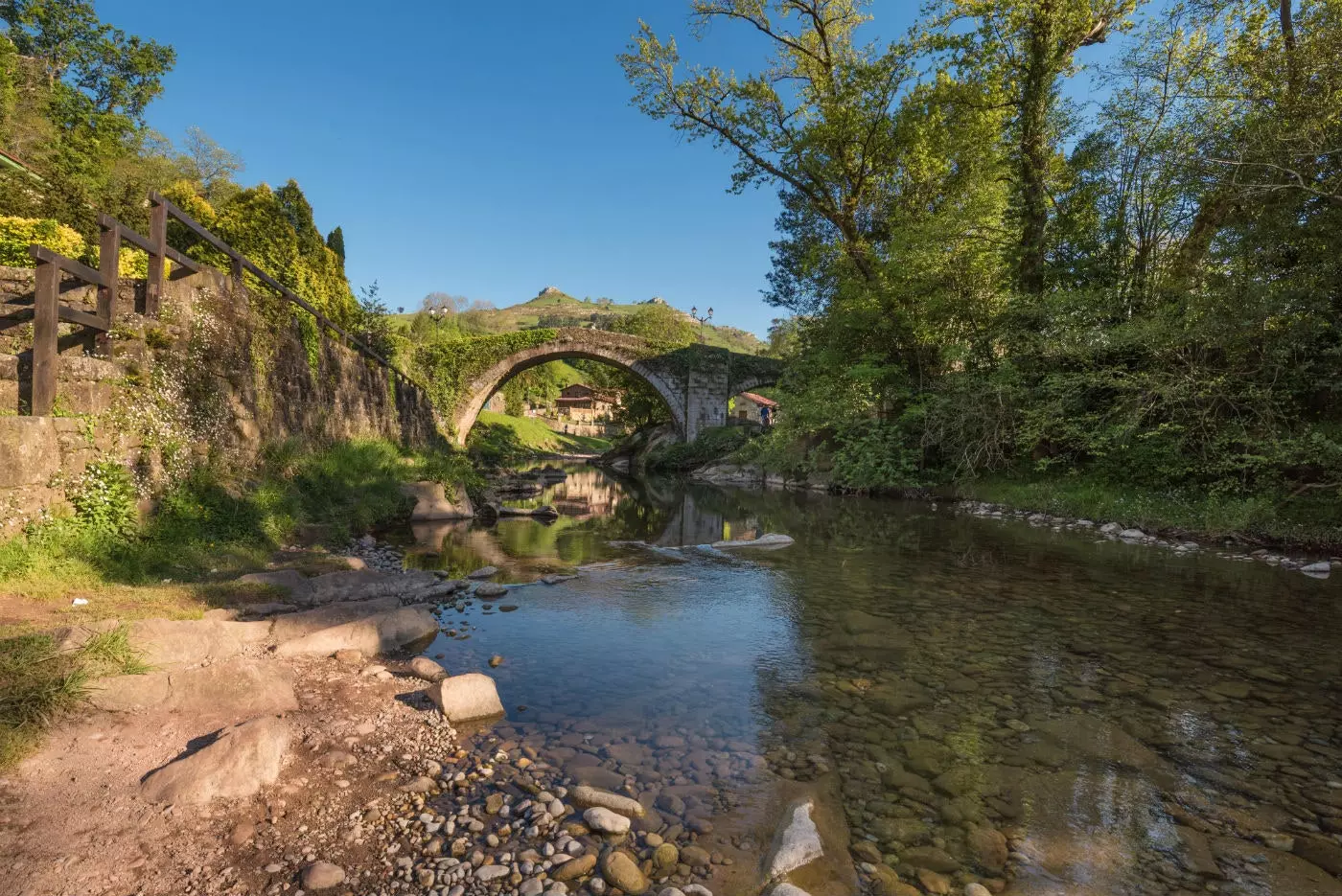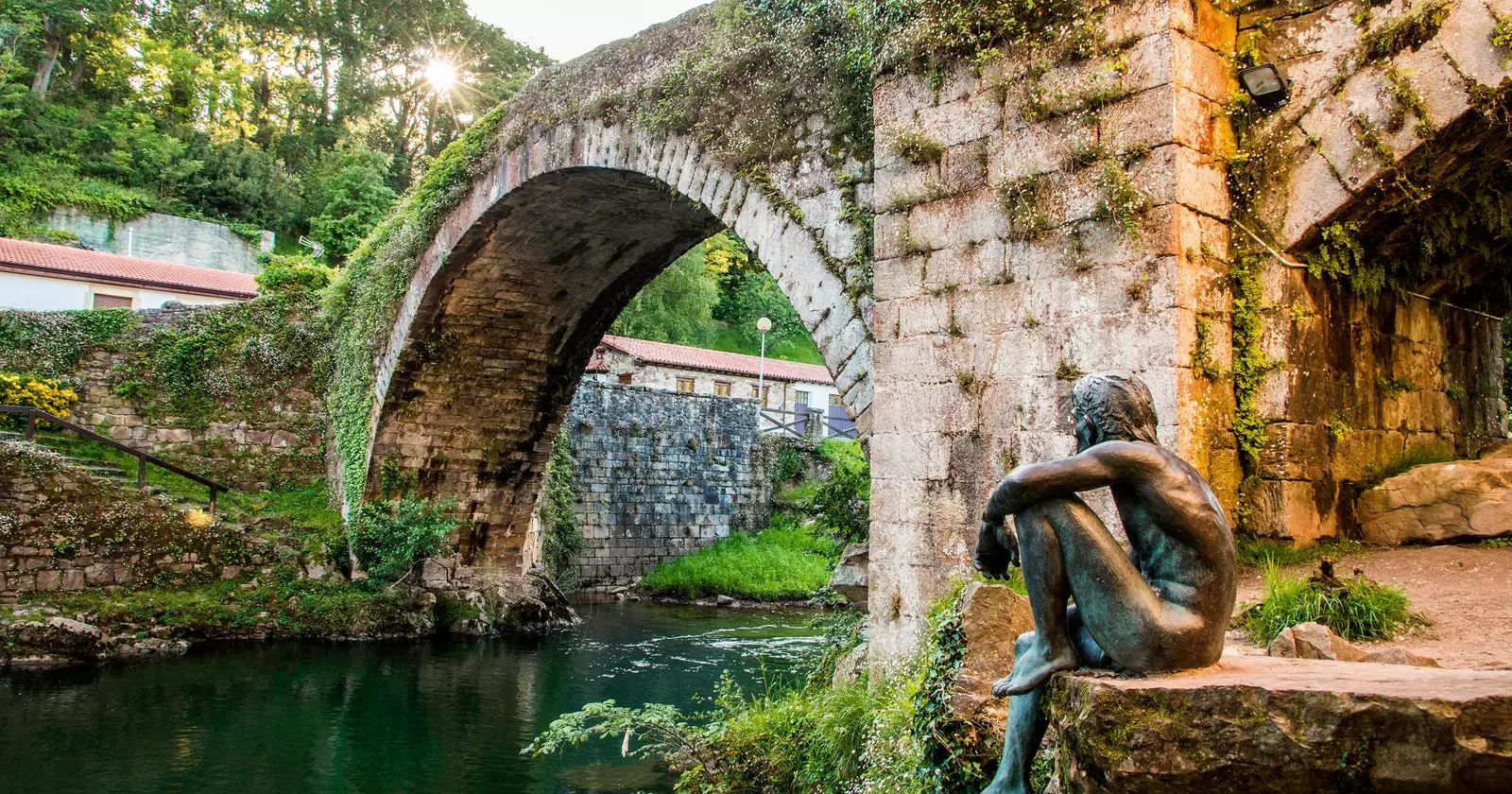Have you ever heard of the famous little mermaid of Denmark ? Placed on a rock in front of the port of Copenhagen , the bronze statue, the work of the Danish sculptor Edward Eriksen , has become the most prominent symbol of the city , and it is common to see a crowd squeezing in order to see his melancholy pose.
What you probably didn't know is that in Spain we have our own little mermaid , with national legend included: the fish man of Liérganes.
THE LEGEND OF THE FISH MAN
According to him Lierganes Town Hall , the legend tells the following: on the eve of Saint John's Day in the year 1674, Francisco de la Vega Casar , a native of Lierganes (Cantabria ), went swimming with some friends at miera river and disappeared. After looking for him and not finding him, friends and family gave Francisco up for drowning: a tragedy, without a doubt, but nothing extraordinary either... or so it seemed at the time.
In 1679, in Cadiz, five years later and on the other side of the country , a group of Cadiz fishermen caught something they didn't count on: a strange young man, with reddish hair and pale skin covered in scales . Shocked by the young man's appearance, the fishermen took him to the San Francisco convent , where the friars tried to remove the evil spirits that could be possessing him, but the only thing they managed to get out of him was one word: “ Lierganes”.

The Miera River, in whose waters Francisco de la Vega Casar was lost.
After bringing news to the town and asking if any strange event had taken place, Liérganes replied that the only noteworthy thing was the disappearance of Francisco in the waters of the Miera . To check if this could be the identity of the strange aquatic being, a friar accompanied the fish man to Cantabria, where the creature went straight to the house of María de Casar, who instantly recognized him as Francisco , just like the rest of his children. And so, in a strange twist of fate, Francisco returned home five years later.
Or maybe not. Although he lived a quiet existence and his scales flaked off to reveal rough skin, Francisco never became integrated into his life in Liérganes . His language control was very limited, and aside from his birthplace he only seemed to say words like “wine”, “bread” and “tobacco” ; if they gave him clothes he put them on, but he didn't seem to have any shame in being naked , and in fact he always went barefoot.
If food was put in front of him, he gobbled it up greedily and then went days without eating, and the same with drink or tobacco, since they were the things he mentioned (although they did not seem to indicate a desire, he simply spoke the words). He was capable of running small errands, and very helpful, but he seemed utterly uninterested in the world around him.
For all this, his neighbors they gave him for crazy during the nine years that he remained in Liérganes, until one day he disappeared into the waters as he did in 1674, but this time never to return. And so the story ends: with the fish man from Liérganes returning, this time, to his true home in the depths.
APPEARANCES OF THE FISH MAN IN POPULAR CULTURE
The first reference to the fish man of Liérganes in the literature is from the hand of Fray Benito Jeronimo Feijoo , in the sixth volume of his work Universal Critical Theater (1726-1740). For an acute and skeptical essayist ( he is credited with the first treatise on feminism in Spain in his In defense of women ), Feijoo seemed to find more than enough evidence of the existence of the fish man, among others, Francisco's birth and death certificates.

With this natural environment, it is easy to believe that magical events have happened in Liérganes.
Feijoo has not been the only one to spread the ink about the fish man in our country over the years. Let's look at some examples: Jose Maria Herran , journalist from Santander , was based on popular legend to write The Fish-man of Liérganes in 1877; in 2009 the artist isaac sanchez (who rose to fame on YouTube under the name Loulogio ) public The return of the fish man , a comic in which the fish man set foot on his native Liérganes for the third time; Jose Antonio Abella dramatizes the legend in novel format in his work El hombre pez, from 2017. Beyond works of fiction, this legend has been the subject of investigation and dissemination by spaces dedicated to mystery, such as Fourth millenium and the podcast Mysteries and Cubatas.
Special mention deserves one of the great figures of our country, who also ruled on the fish man of Liérganes, although from a scientific point of view: nothing less than Gregory Maranon , who in 1934 proposed in The Biological Ideas of Father Feijoo a alternative theory, more scientific if less touching , from the story of the fish man.
And it is that according to the doctor the whole story could be explained as a case of cretinism by Francis. According to him, cretinism produces a deficit in physical and mental development, with certain physical malformations and underdevelopment of the thyroid, which would allow hold your breath longer underwater , and that a case of ichthyosis It would explain the scaly skin and corroded fingernails.
This would also explain, for example, that he was capable of a limited language and of run simple errands (“bread”, “wine” and “tobacco” would be the things that they would have sent him to pick up, hence he kept those words and repeated them over and over again), and his appearance in Cádiz was not due to a magical journey of five years under water, but to a wander to the south of the country or maybe even he enlisted in the crew of some ship in Bilbao. That he disappeared into the water and reappeared in the water, according to Marañón, would be just a coincidence.

Liérganes' tribute to his most famous legend.
FRANCISCO FORGOT LIÉRGANES, BUT LIÉRGANES DOESN'T FORGET HIM
Be that as it may, the legend of the fish man has been firmly engraved in the collective imagination of our country, and especially of Liérganes. Francis may have left his life on land behind to return to the embrace of the deep, but in the village they wanted to remind him with two monuments dedicated to him: the Liérganes Fish Man Interpretation Center and a statue in his honor.
The Center is located in a mill of 1667 , dedicated both to the figure of the fish man and to explain the operation of a mill of the time , since the city council managed to repair its original mechanism. Located next to Roman bridge and on the shores of look , the Center was inaugurated at the same time as the statue that rests next to it.
“His feat of him crossing the ocean from the north to the south of Spain, if it wasn't true, it deserved to be. Today his greatest feat is to have traversed the centuries in the memory of men. Truth or legend, Liérganes honors him here and sponsors his immortality”. Engraved text on the plaque next to the Fish Man statue.
The work of the Cantabrian artist Javier Anievas Cortines It represents in bronze a young Francisco de la Vega Casar, naked and barefoot (as he liked to be), contemplating the passage of the Miera River under the Roman bridge. Those who have visited the statue highlight its thoughtful expression , some would say melancholy , and the scales that run through his chest and spine, as the legend says. A work of art that not only reflects the love of the people for their legend , but also connect with what we feel when we think of water and at home.
And unlike Denmark's The Little Mermaid, which stays away from the hustle and bustle of Copenhagen and its visitors, the Fish man accept company so that you sit next to him to soak your feet in the Miera and let the beauty of Liérganes flood you around you. But be careful, because Francisco knows very well that sometimes the call of the river is irresistible and that you will never want to leave..
